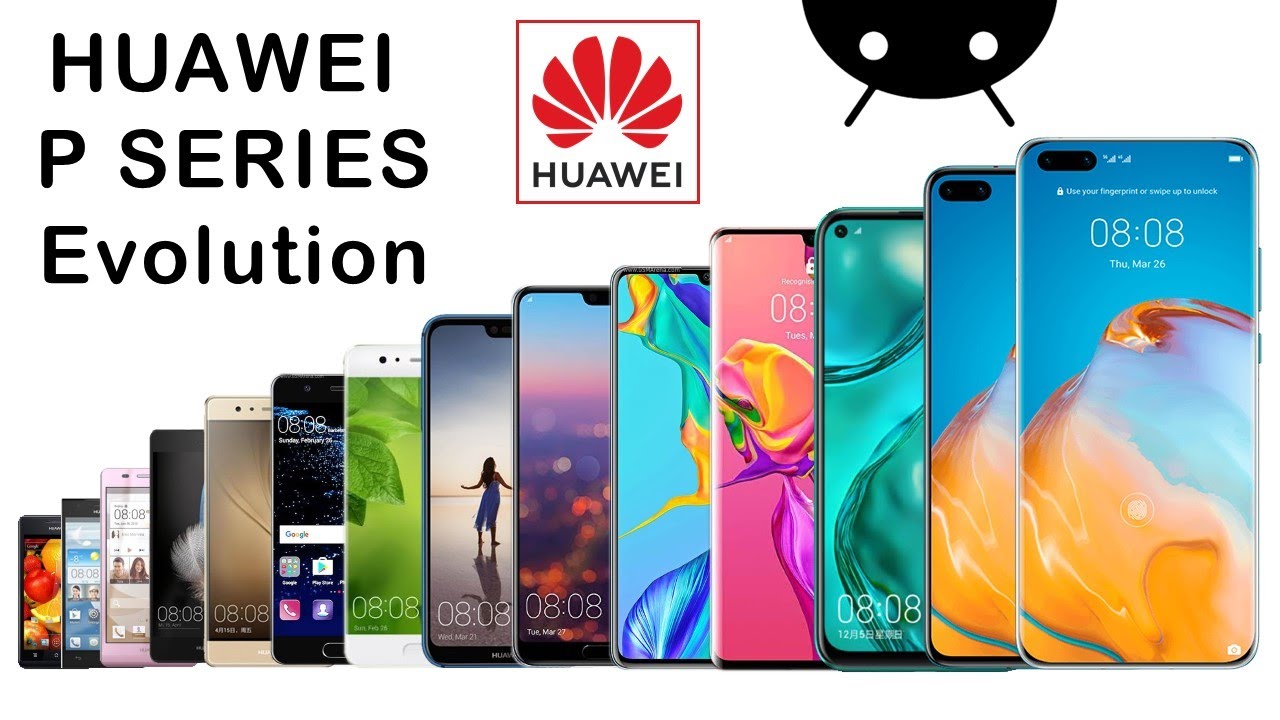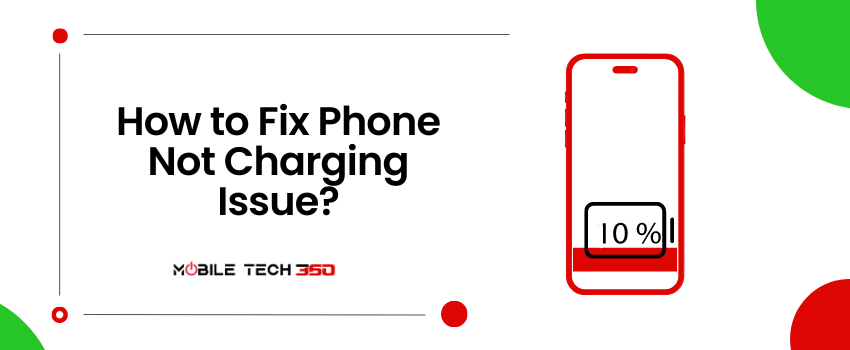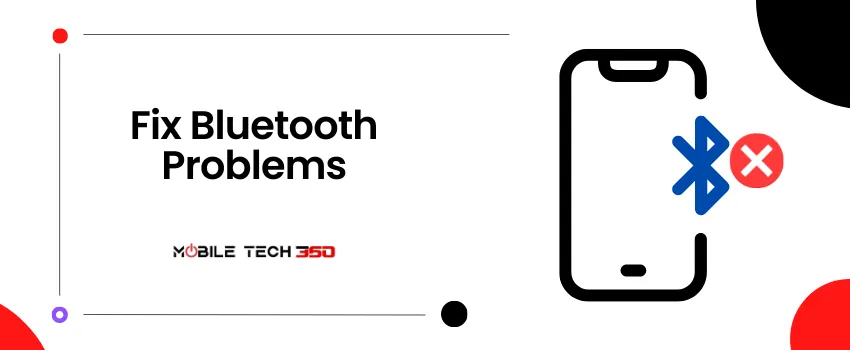
Huawei has been consistent with its flagship P Series from the start. Huawei P Series is known for top of the line specs and awesome design.The lineup began in 2012, when the first “Huawei Ascend P1” smartphone arrived as the company’s flagship. Huawei also decided to release the “Mate” series of smartphones later to compete Samsung Note Series, and became Huawei’s second flagship lineup, but the P series is arguably still the best-known series the company is selling.
From P1 to P40 series we have compiled a list of features of all the smartphones. Please watch the video and leave your comments and don’t forget to subscribe our channel.

Huawei Ascend P1
Huawei Ascend P1 is the company’s very first P series flagship. Huawei P1 was introduced back in January 2012. The P1 has pretty thick bezels, as every phone did back then, and it sports three capacitive keys below the display and Android 4.0 Ice Cream Sandwich out of the box, though it was later upgraded to Android 4.2 Jelly Bean.
Ascend P1 features a 4.3-inch 960 x 540 Super AMOLED display and 1GB of RAM and 4GB of expandable storage. The phone has TI OMAP 4460 dual-core processor and an 8MP camera unit on the back. A 1.3-MP selfie camera and includes a 1670mAh battery which is not removable.
Huawei Ascend P2
The Huawei Ascend P2 announced in February 2013. The phone comes with a set of capacitive keys, same as its predecessor, while having a removable battery. The Huawei Ascend P2 unveiled with Android 4.1.2 Jelly Bean out of the box with EMUI 1.6.
The Huawei P2 includes a dedicated camera shutter on the right side, a 4.7-inch HD (1280 x 720) IPS LCD display. The phone is equipped with the Huawei K3V2 quad-core processor, and a 13-MP camera is placed on the back. The device includes a 2,420mAh battery that was a big upgrade from 1670mAh of P1, and it supports 4G LTE connectivity.
Huawei P6
For whatever reason, Huawei skipped the Ascend P3, P4, and P5 series and jumped straight to the Huawei Ascend P6 and announced in June 2013. The phone includes notably thinner bezels than its predecessors, and replaced capacitive buttons with on-screen keys. The phone was actually quite sleek-looking when it launched, and it managed to intrigued people mainly due to its design.
The Huawei P6 shiped with Android 4.2.2 Jelly Bean and Huawei’s EMUI 1.6. The last official update that the phone was Android 4.4.2 KitKat (EMUI 3.0), while the device had a 4.7-inch HD (1280 x 720) IPS LCD display. The phone is equipped with the Huawei K3V2 quad-core processor, and 2GB of RAM, along with 8GB / 16GB of storage. An 8-MP rear camera is included, while a non-removable 2,000mAh battery.
Huawei Ascend P7
The Huawei Ascend P7 was the last flagship to carry the “Ascend” branding. This handset was announced in May, 2014. Ascend P7 actually somewhat resembles the Ascend P6, and it comes with on-screen buttons. The phone was made of metal and glass. It was the company’s very first flagship to sport a full HD 5 inches IPS LCD (1920 x 1080) display
Android 4.4.2 KitKat comes pre-loaded on it, while upgraded to 5.1.1 Lollipop later. The phone was equipped with the Kirin 910T quad-core processor, and 2GB of RAM and 16GB expandable storage. A 13-MP camera on the back, while a non-removable 2,500mAh battery.
Huawei P8
Huawei P8 was the first flagship from the company to not sport the “Ascend” branding, as Huawei opted to ditch it completely prior to this. Huawei P8 is a considerably new design to the Ascend P7, it was made out of metal, and actually looks really nice. The phone was launched in April 2015. Huawei P8 includes on-screen buttons, and relatively thinner bezels than its predecessor.
The smartphone came with Android 4.4.2 KitKat, while the last update received was Android 6.0 Marshmallow. P8 features a 5.2-inch full HD (1920 x 1080) IPS LCD display, and it includes 3GB of RAM and 16GB / 64GB expandable storage. The Kirin 930 octa-core processor was installed in Huawei P8, and this is the very first Huawei flagship to include an octa-core chip. A 13-Mp camera with OIS is also included, and a 2,680mAh non-removable battery.
Huawei P9
Huawei had announced two flagships as its P9 series, the Huawei P9 and P9 Plus in May 2016, and both were made out of metal. Both Huawei P9 and P9 Plus were the first phones from the company to sport two dual rear cameras and also the first flagships to include fingerprint scanners. Both of these two devices has a fingerprint scanner, while Huawei’s branding was present below the display. Both devices look identical, but are different in sizes.
Both come with Android 6.0 Marshmallow and Huawei’s EMUI skin and later upgraded to Android 7 Nougat . Huawei P9 had a 5.2-inch full HD LCD display, while the Huawei P9 Plus had a larger 5.5-inch full HD Super AMOLED panel. Huawei P9 arrived in 3GB / 4GB RAM and P9 Plus in a 4GB RAM option only. Leica’s camera lenses were included on both phones, and these two phones arwere the first Huawei devices with Leica branding.
Huawei P10
Huawei P10 series was announced in February 2017. Huawei introduced two phones in this flagship series, the P10 and P10 Plus. Both phones share the same design, though varying in size. Both phones include dual cameras on the back, and now Huawei opted to include front-facing fingerprint scanners, placed below the display, and with some gestures. Both phones also sport two capacitive keys, on each side of that home button. Both were made out of metal.
Huawei P10 comes with a 5.1-inch full HD LCD display, while the P10 Plus includes a larger 5.5-inch QHD LCD panel. Huawei’s own Kirin 960 chipset fuels both devices, and it was a 64-bit octa-core processor. Huawei P10 comes with 4GB RAM, while the P10 Plus in both 4GB and 6GB RAM variants. 12 and 20-MP cameras were included on both devices, and Leica branding was a part of the offering again. Android 7.0 Nougat comes pre-installed on these phones, with EMUI, while Android 8.0 Oreo is the last update received.
Huawei P20
Huawei continued to introduce two flagships in 2018, the P20 and P20 Pro. The two devices include a display notch and are identical in terms of the design, but have different camera setup. Huawei P20 arrived with dual rear camera, while the Huawei P20 Pro with triple rear cameras. Leica branding are a part of the offering again, and both of these devices ship with a front-facing in-display fingerprint scanner for the first time. Both are made out of metal and glass.
Android 8.1 Oreo comes out of the box on both of these phones, while both later updated to Android 9 Pie and then Android 10. Huawei P20 features a 5.8-inch full HD+ (2240 x 1080) LCD display, and the P20 Pro includes a 6.1-inch full HD+ AMOLED panel. The two devices are powered by the Kirin 970 64-bit octa-core processor, while both lacking expandable storage. Huawei P20 ships with 4GB of RAM, while the P20 Pro includes 6GB or 8GB of RAM depending on the variant. Both devices support fast battery charging, and non-removable batteries.
Huawei P30
Huawei P30 Series announced last year including P30 and P30 Pro. Both phones were announced in March 2019 in Paris, and are quite similar in terms of the design. Huawei P30 is smaller as always and features a flat display, while the P30 Pro includes a curved display. Both devices come with full HD+ OLED panels.
Huawei P30 features a 6.1-inches display, 6GB of RAM and 128GB of storage. While Huawei P30 Pro includes a 6.47-inches display, 6GB / 8GB of RAM and 128GB / 256GB / 512GB of storage. Huawei’s Kirin 980 64-bit octa-core processor powers both devices, while including 3,650mAh and 4,200mAh batteries respectively. Android 9 Pie pre-installed on both devices. Both phones are the first to sport a periscope-style camera system
Huawei P40
Huawei P40 Series is launched just recently among the clouds of China-US trade war and COVID-19. In an online launch event, Huawei Unveiled its P40 Series. Unfortunately, it is released without Google Apps but it’s still the best smartphone right now you can buy. Huawei improved its P Series performance with Kirin 990 5G Chipset and Quad Camera. It is ranked number one camera smartphone by DXOMARK.
Despite US ban Huawei is continuing to make stunning phones for its fans. I have followed, not only P Series, all the Huawei phones for the last 5 years as a die-hard fan of Huawei. I strongly condemn the US ban and keep supporting Huawei during this time. Keep your support to Huawei during this tough time otherwise we will lost this great innovator.





